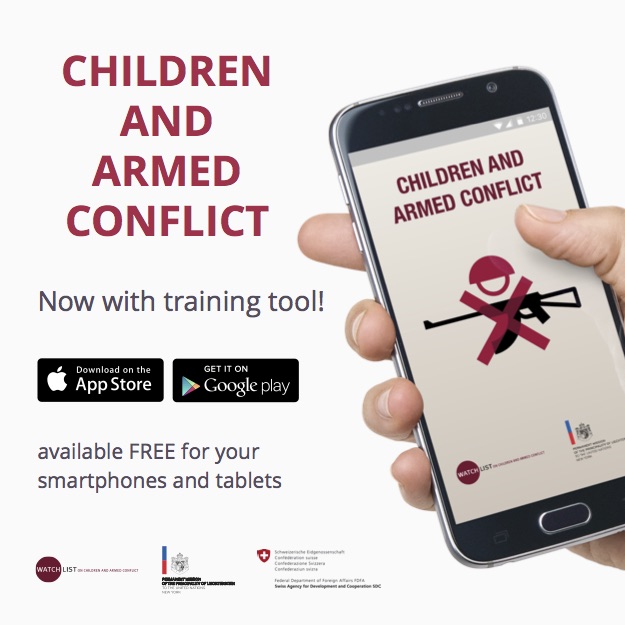Mass strikes are a common tool of protest in Nepal. Frequently, cities are paralyzed by large demonstrations and rallies known locally as “bandhs.” Schools, in particular, are used to conduct various activities for these bandhs by armed groups and political parties, causing enormous disruption to children’s education. Hundreds of school closures are reported every year across Nepal, resulting in hundreds of lost school-days. School walls are covered with graffiti showing political slogans, demonstrating one of the ways political and armed groups, in particular the Unified Communist Party of Nepal – Maoist (UCPN-M), mark their presence across the country during times of conflict.
Several initiatives have been undertaken in Nepal to address this problem. In May 2011, the Nepalese Ministry of Education issued a directive that proclaimed schools as “zones of peace,” and the government and civil society organizations have launched numerous awareness-raising campaigns to stop the use of schools for political purposes. Watchlist’s partner organization in Nepal has been closely monitoring school closures by reaching out to the students themselves. Over 4,000 diaries were distributed to schools in thirteen districts and children have been using them to mark the number of days of school missed due to bandhs. Political graffiti on school walls has also been covered up with child-friendly graffiti—a way for children to reclaim their territory and their zone of peace.
While the conflict in Nepal has subdued in recent years, violations against children have continued to occur, and the UCPN-M continues to be listed as a perpetrator of violations against children in the Secretary-General’s Annual Report on Children and Armed Conflict. As a sign of progress, however, in 2009 the UCPN-M signed an Action Plan for the release of child soldiers with the United Nations and it is expected that the UCPN-M will be de-listed in the Secretary-General’s 2012 report on Children and Armed Conflict.



